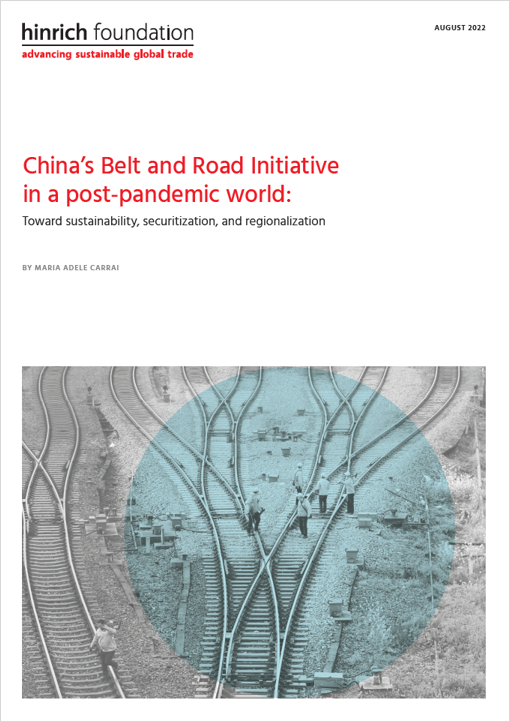Published 10 August 2022
Despite evolving geopolitical uncertainty and rising domestic challenges, China's Belt and Road Initiative (BRI) has shown resilience and versatility. By placing more importance on the quality of the projects and increasing regionalization and securitization of the initiative, the BRI is adapting to new contexts.
Launched in 2013 by President Xi Jinping, the ambitious Belt and Road Initiative (BRI) aims to enable China to consolidate and advance its economic and political ties with the rest of the world. The BRI has faced several challenges in recent years. Setbacks include domestic hurdles for outbound investment; mounting risks in the developing world; and hostile rhetoric about the initiative, all of which have led to the steady fall of China’s foreign investment. This development has led many to believe that the Covid-19 pandemic has inflicted a fatal blow on the trillion-dollar grand strategy.
What is the status of this signature foreign policy of President Xi? Has the pandemic fundamentally transformed the initiative? How will China adjust the BRI for a post-pandemic environment and what will be the implications for the developing world? In this essay, Maria Adele Carrai of New York University Shanghai examines how a shifting BRI manifests a different form of globalization than what China is assuming.
© The Hinrich Foundation. See our website Terms and conditions for our copyright and reprint policy. All statements of fact and the views, conclusions and recommendations expressed in this publication are the sole responsibility of the author(s).






